Curious Questions: What is it REALLY like giving up alcohol for a lifelong lover of fine wine?
Sobriety is easier and more interesting than it used to be, finds Giles Kime, who has spent the past year exploring the unanticipated delights of alcohol-free beer.
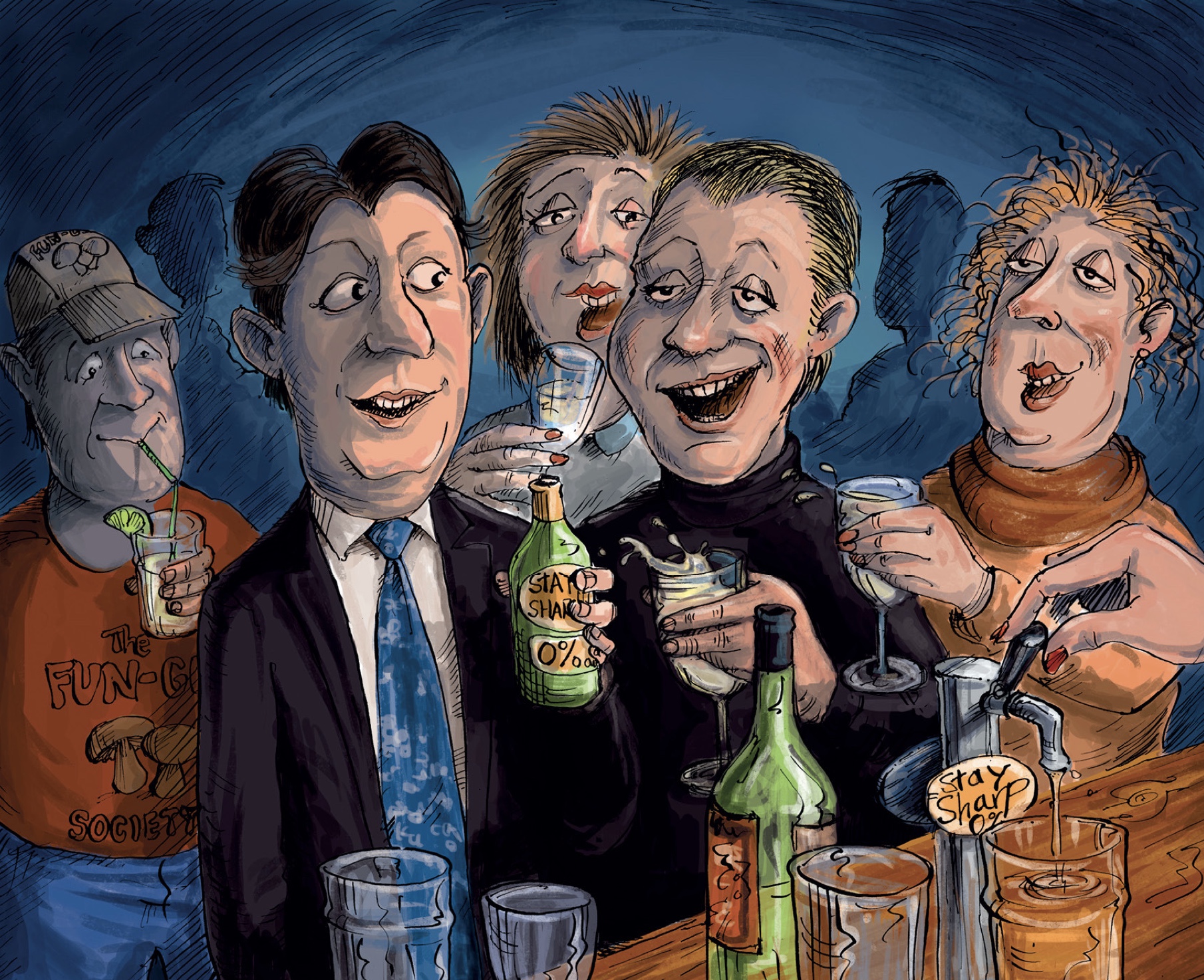

For me, sobriety has come in many guises. When I was younger, it was usually accompanied by a promise that ‘I am never, ever going to drink again’, which tended to last for a day or two. Latterly, the rationale has tended to be ‘I probably shouldn’t drink again’, which never lasted more than a month. Until the last time, that is: so far, the commitment has endured for almost a year.
It’s interesting the reaction when you properly give up drinking. ‘What’s it like?’ people ask, with that almost imperceptible timbre in their voice that suggests that they have no real interest in the answer, as if they were asking you about a trip to Düsseldorf.
And why should they be interested? It’s hardly exciting. I suspect the question they would like to ask is ‘is it on medical advice?’, which it probably would have been if I had asked my doctor. That’s what doctors are paid to do.
The other question is ‘do you feel better?’, to which this answer is: ‘I actually felt OK before.’
I feel no smugness about not drinking because the people I really admire aren’t the abstemious, but those people with the iron will to have a half-empty bottle of wine in their kitchen and who only have a glass of wine once in a blue moon. You know, those ‘Oh yes, we might crack open half a bottle of Krug on high days and holidays and perhaps have a glass of Châteauneuf du Pape with a steak’ type of people. Their restraint allows them to drink quality rather than commodity; for every half a dozen bottles of entry-level Mâcon consumed by the habitual drinker, the occasional drinker can comfortably indulge in Puligny-Montrachet.
"I’d love to say that the reason I’ve succeeded in not drinking for a year is a combination of mind over matter and steely determination, but the answer is rather more prosaic"
As someone who used to edit a wine magazine, I have sympathy with the consuming nature of the subject. It’s not only the stuff in the glass that is so fascinating, but the places it’s made, the people who make it and the delightful ritual of gastronomy. By the time I was 30, I was lucky enough to have drunk wines that most people don’t get to drink in a lifetime; there was a Lafite 1928 generously unearthed and brought by the château’s owner Eric de Rothschild to a dinner at The Square in honour of the Christie’s of wine savant Michael Broadbent, who was born the year before in 1927.
Then there was Château Latour 1970 at the château, served during a lunch for another vinous luminary, Hugh Johnson, and Krug 1969 at The Capital Hotel laid on by the Australian wine legend Len Evans. Oh, and then there was the uncorked, but barely touched bottle of Château d’Yquem that was going begging after a tasting for readers.
Exquisite houses, the beauty of Nature, and how to get the most from your life, straight to your inbox.
A tough gig, but someone had to do it. With all this excess, there’s an argument that I had drunk enough for one lifetime.
I’d love to say that the reason I’ve succeeded in not drinking for a year is a combination of mind over matter and steely determination, but the answer is rather more prosaic. Quite simply, it’s low-alcohol and alcohol-free beer wot dunnit. In the past, in periods of abstention, I’ve drunk Diet Coke or lime and soda and have found that they are enough to turn you to drink.
It’s not only the one-dimensional character of these that makes them a poor substitute for alcohol, but the reaction they elicit; drinking lime and soda in a crowded pub is rather like wearing a baseball cap bearing the slogan ‘Temperance Society Team Leader’.
Conversely, stand there with a bottle of alcohol-free beer and it is completely different — no pitying or suspicious looks, only a sea of smiley faces with rosy cheeks and dilated pupils that you never notice when your own cheeks are rosy and your pupils dilated.
Of course, there’s no shame in not drinking in a pub, but that’s how it feels. It’s not only the fact that low-alcohol and alcohol-free beer (known in the trade as ‘low and no’) acts as subterfuge that makes it attractive — it’s also delicious. There’s something about the fermentation process that gives beer a superb three-dimensional quality.
"Once they realise that ‘low and no’ isn’t some terrible impotent impostor, most people are spurred to explore the depth and breadth of choice now on offer"
It’s easy to diss Heineken 0.0, the ubiquitous alcohol-free beer that now accounts for 20% of the market, but, for many, it’s the first step towards sobriety. Although it might lack the character of its competitors, the raison d’être of lager has never been to deliver huge amounts of flavour — simply a cold and refreshing glassful. There are so many stories about people not realising that they’re drinking Heineken 0.0 rather than regular Heineken that they can’t all be apocryphal.
Once they realise that ‘low and no’ isn’t some terrible impotent impostor, most people are spurred to explore the depth and breadth of choice now on offer in a market that has almost doubled in size over the past half decade. It was six years ago that Rob Fink and James Kindred launched Big Drop and they have since developed a growing range of award-winning beers to suit all palates, from refreshing Paradiso Citra IPA to the dark and brooding Galactic Milk Stout. In between is the Pine Trail Pale Ale that combines citrussy flavours with a satisfyingly bitter finish. BrewDog has long been in the fray, with the deliciously hoppy Nanny State. Another delicious recent arrival is Days lager and pale ale, brewed just outside Edinburgh using local barley and water sourced from the Lammermuir Hills.
Of course, when going low alcohol or alcohol free, there are plenty of other alternatives to gin and wine, but with a few exceptions — notably sparkling rosé such as the deliciously aromatic Wild Idol — few of these have the same allure as the new generation of ‘no and low’ beer.
Three of Giles's favourite low-and-no alcohol beers

Big Drop Pine Trail Pale Ale
£24 for 12; www.bigdropbrew.com — 'Delicious citrus flavour with a bitter finish'
BrewDog Nanny State
£4.50 for four, from all good supermarkets Sainsbury's — 'The perfect drop for lovers of the hop'
Days Lager
£25 for 12; www.daysbrewing.com — 'Delicious refreshing lager from Scotland'

10 things I wish I'd known about doing up old houses before I started, by Country Life's interiors guru Giles Kime
Country Life’s executive editor and resident interiors expert Giles Kime shares the lessons he’s learnt from the experience of dragging

Credit: www.100handpicked.co.uk
Beyond Pinterest: The best ways to ensure your lovely objects aren't exactly the same as everyone else's
Giles Kime asks whether the the ‘digital pop up’ the answer to the homogeneous home.

The secret to a good wedding? More sincerity, less triviality
The secret of the classic country wedding is quality over quantity, says Giles Kime
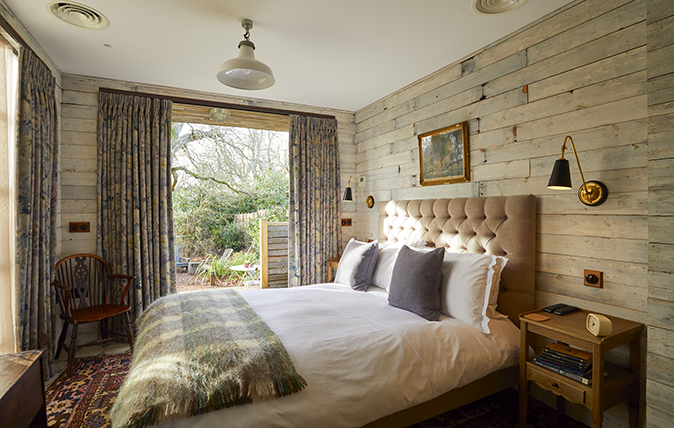
Why it’s time to leave guests in the garden
Guest rooms that take their inhabitants closer to Nature? Giles Kime explores.
-
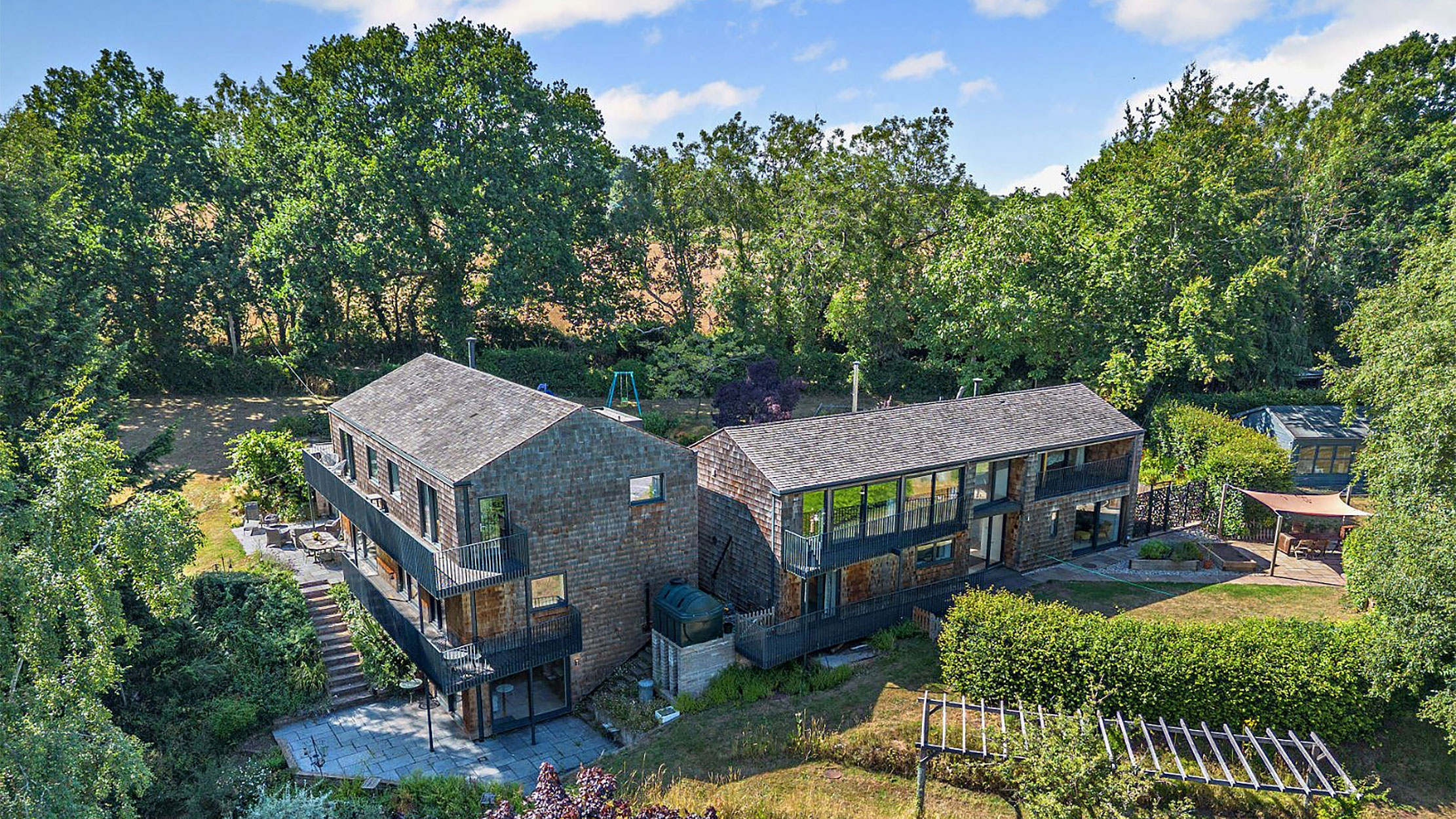 A country home that comes with a perfect lifestyle business: one of Britain's oldest vineyards
A country home that comes with a perfect lifestyle business: one of Britain's oldest vineyardsAstley Vineyard in Worcestershire, and the lovely house that it comes with, are looking for a new owner.
-
 Making space in a Georgian terraced Chelsea cottage
Making space in a Georgian terraced Chelsea cottageGuy Goodfellow removed an internal wall to transform the sitting room of this Georgian terrace
-
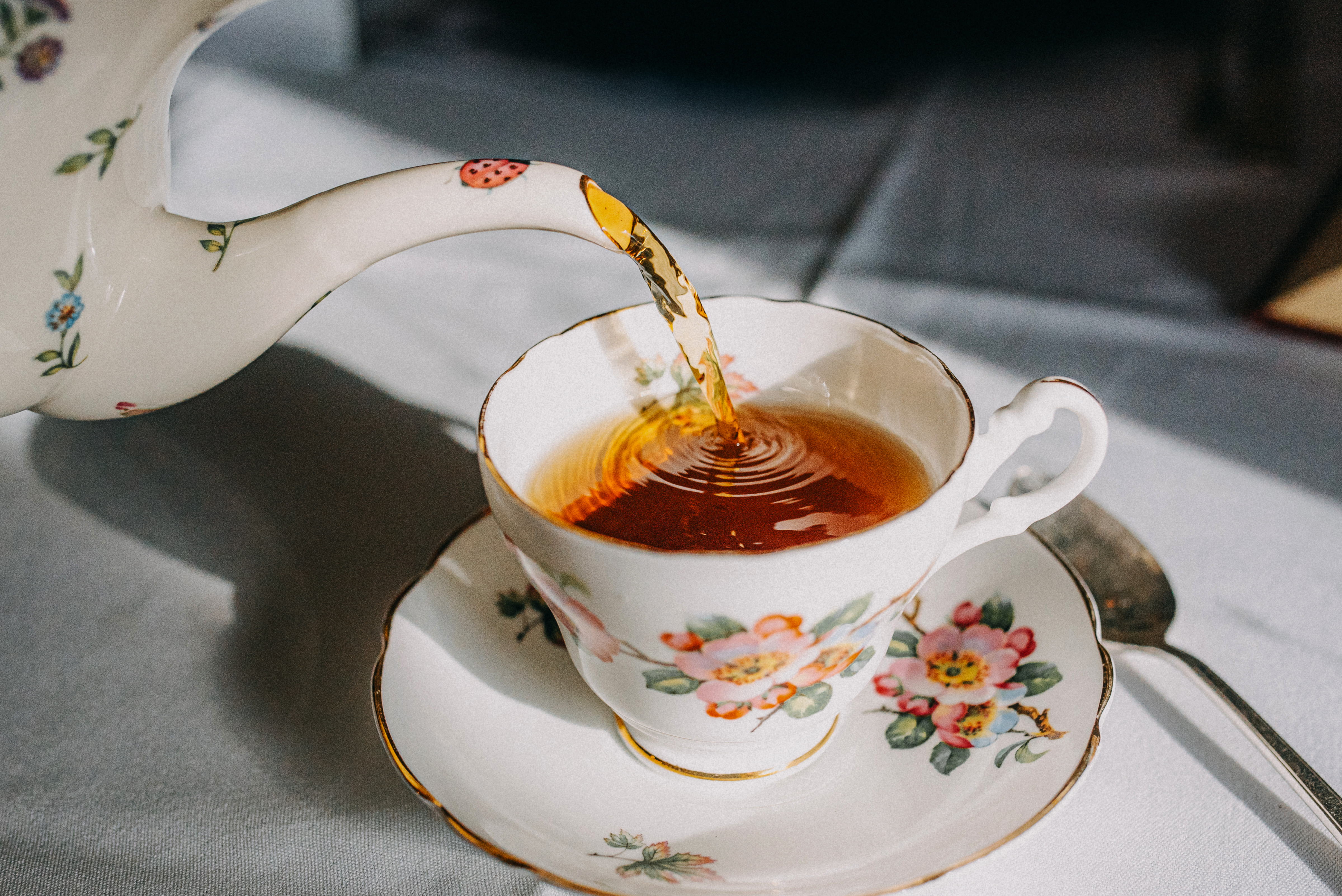 11 golden rules for making a perfect cup of tea
11 golden rules for making a perfect cup of teaWe drink tea every day, but are we doing it correctly? Who decided on the rules and do they really matter? Jonathon Jones reveals all.
-
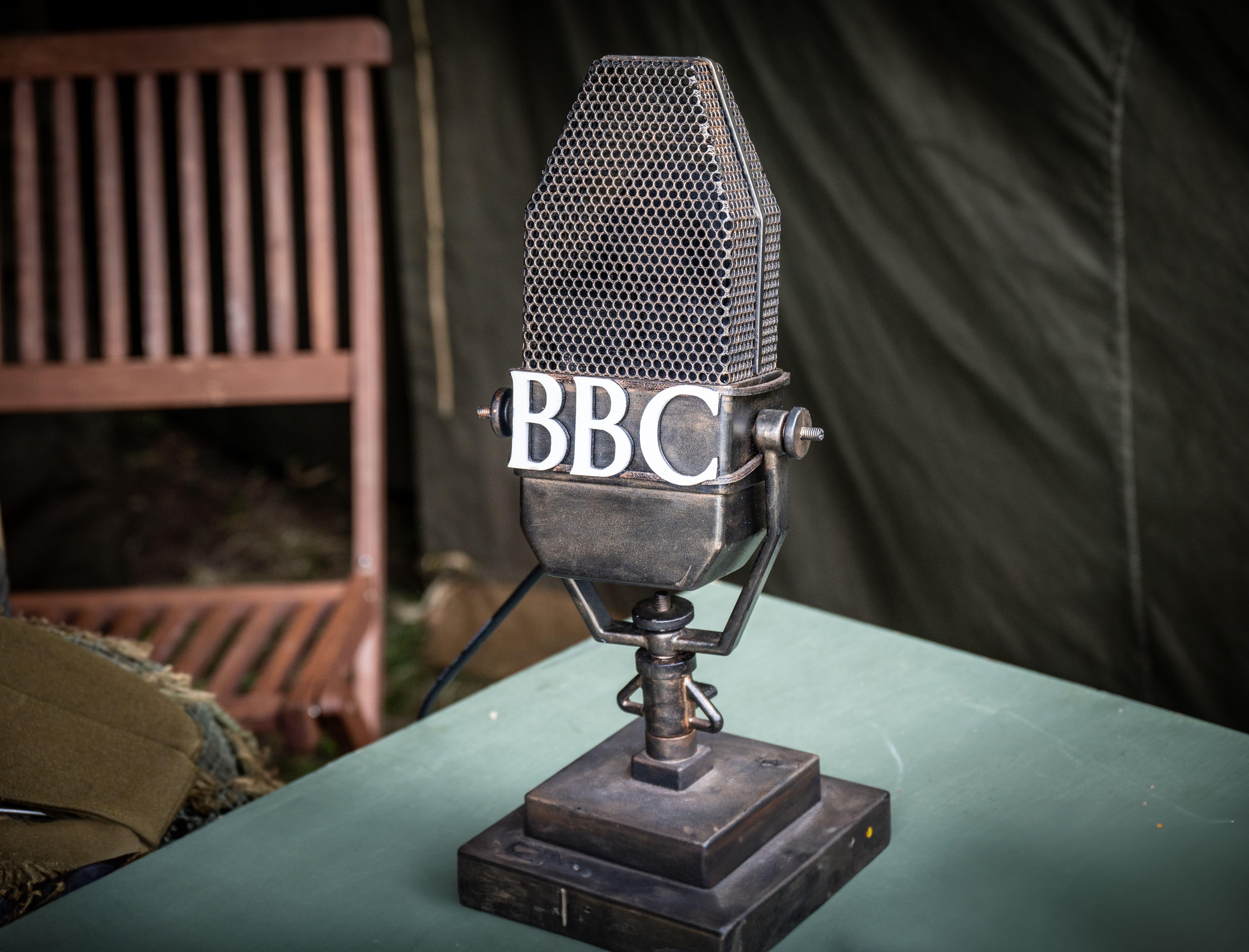 Curious Questions: What is the greatest April Fool's prank ever played?
Curious Questions: What is the greatest April Fool's prank ever played?As April 1 looms, Martin Fone tells the tale of one of the finest stunts ever pulled off.
-
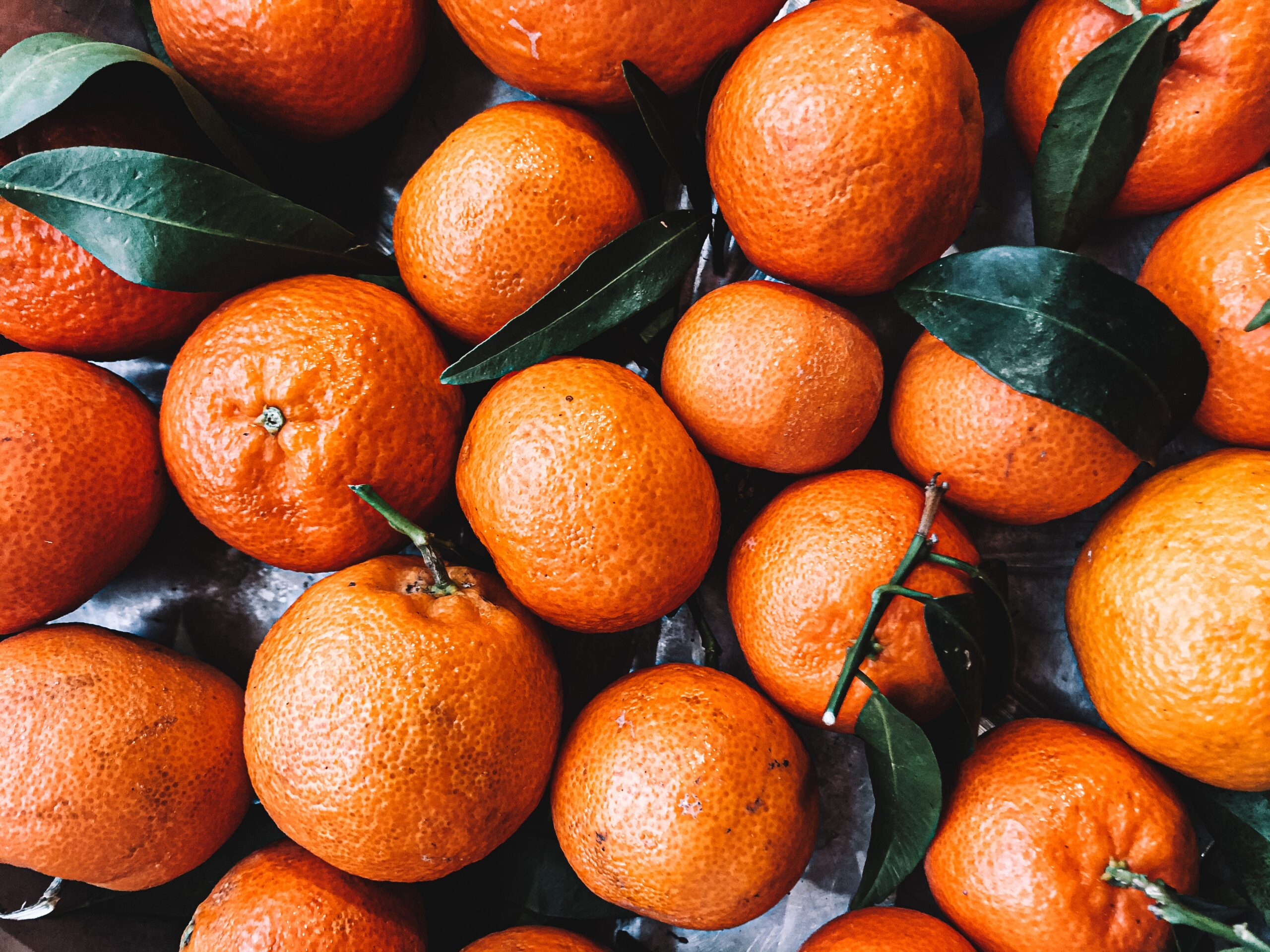 Curious questions: Why do we use Seville oranges to make marmalade?
Curious questions: Why do we use Seville oranges to make marmalade?Why do we use Seville oranges to make marmalade when there are more than 400 other varieties available worldwide? And do they really make the best preserve? Jane Wheatley investigates.
-
 Mince pies really did once contain meat — and this Victorian recipe will convince you that they should to this day
Mince pies really did once contain meat — and this Victorian recipe will convince you that they should to this dayOnce packed with meat, such as ox tongue and mutton, alongside dried and candied fruit and extravagant spices, the mince pie is not what it once was — and food historian Neil Buttery says that's made them worse.
-
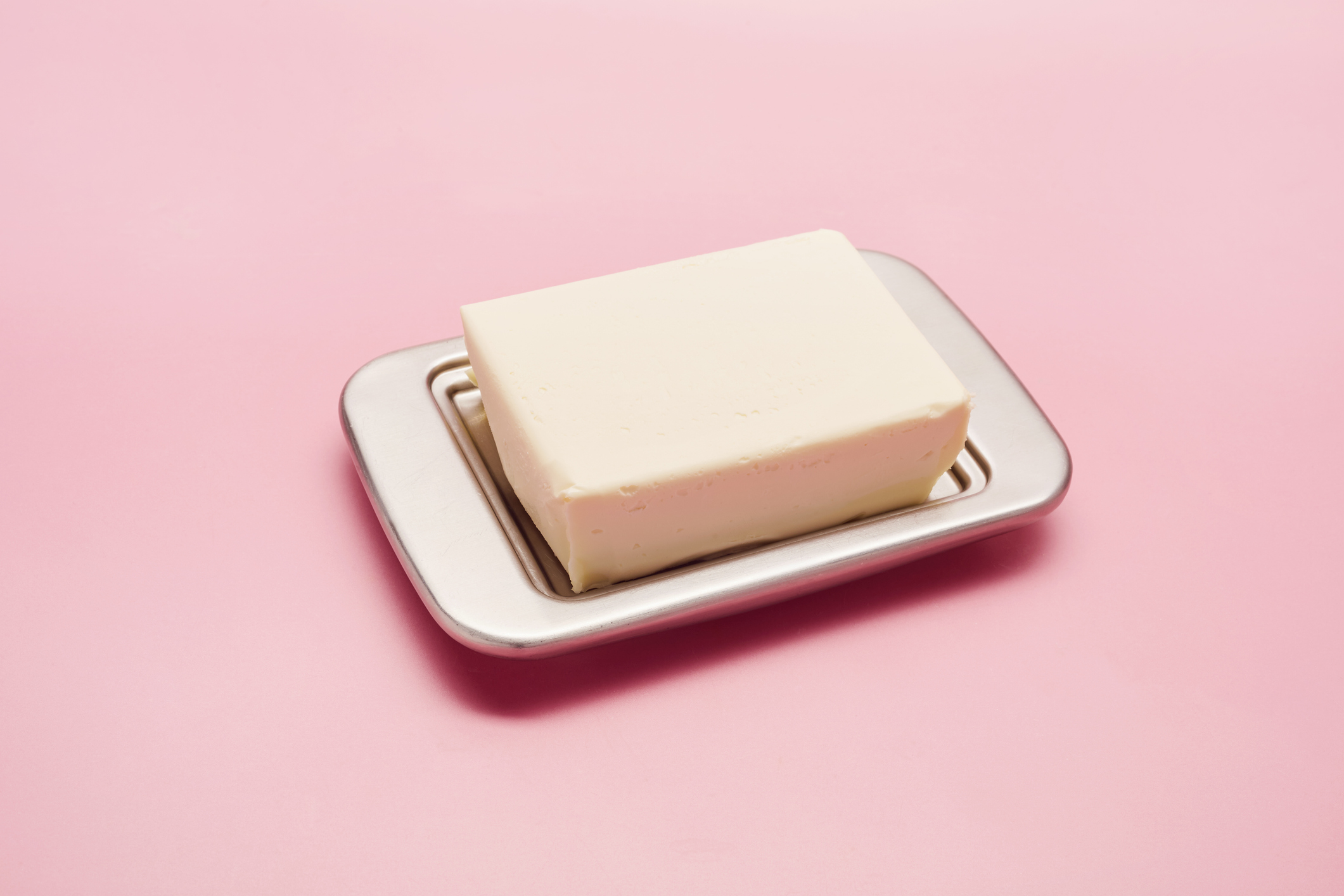 Curious Questions: Margarine used to be pink — but why?
Curious Questions: Margarine used to be pink — but why?Margarine has been a staple of our breakfast tables for over a century, but it hasn't always had a smooth ride — particularly from the dairy industry, who managed to impose a most bizarre sanction on their easily-spreadable, industrially mass-produced rival. Martin Fone explains.
-
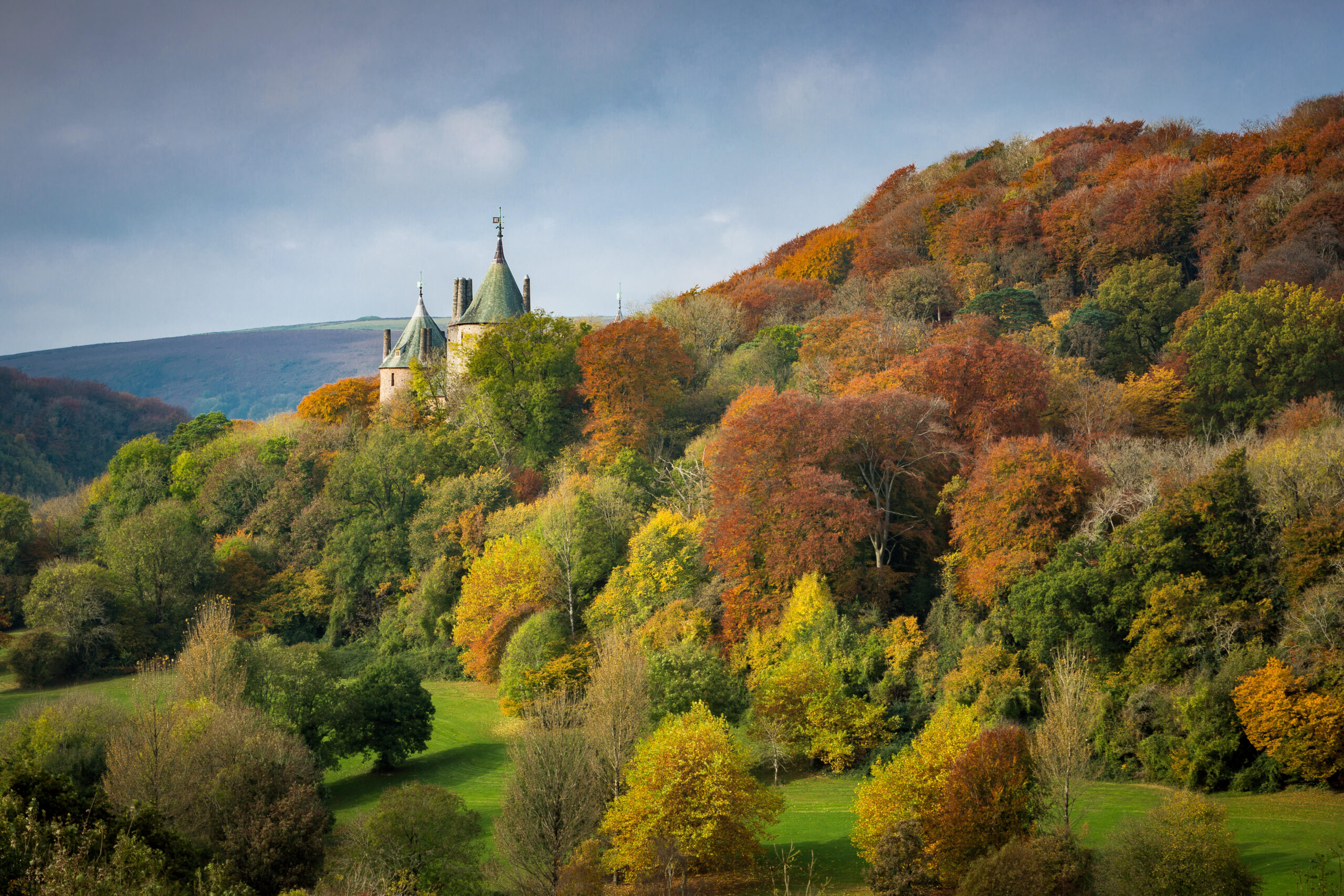 Curious Questions: Wine has been made in Britain for over 1,000 years — so why have we only just turned it into an industry?
Curious Questions: Wine has been made in Britain for over 1,000 years — so why have we only just turned it into an industry?With the UK wine industry booming, Martin Fone takes a look at its history.
-
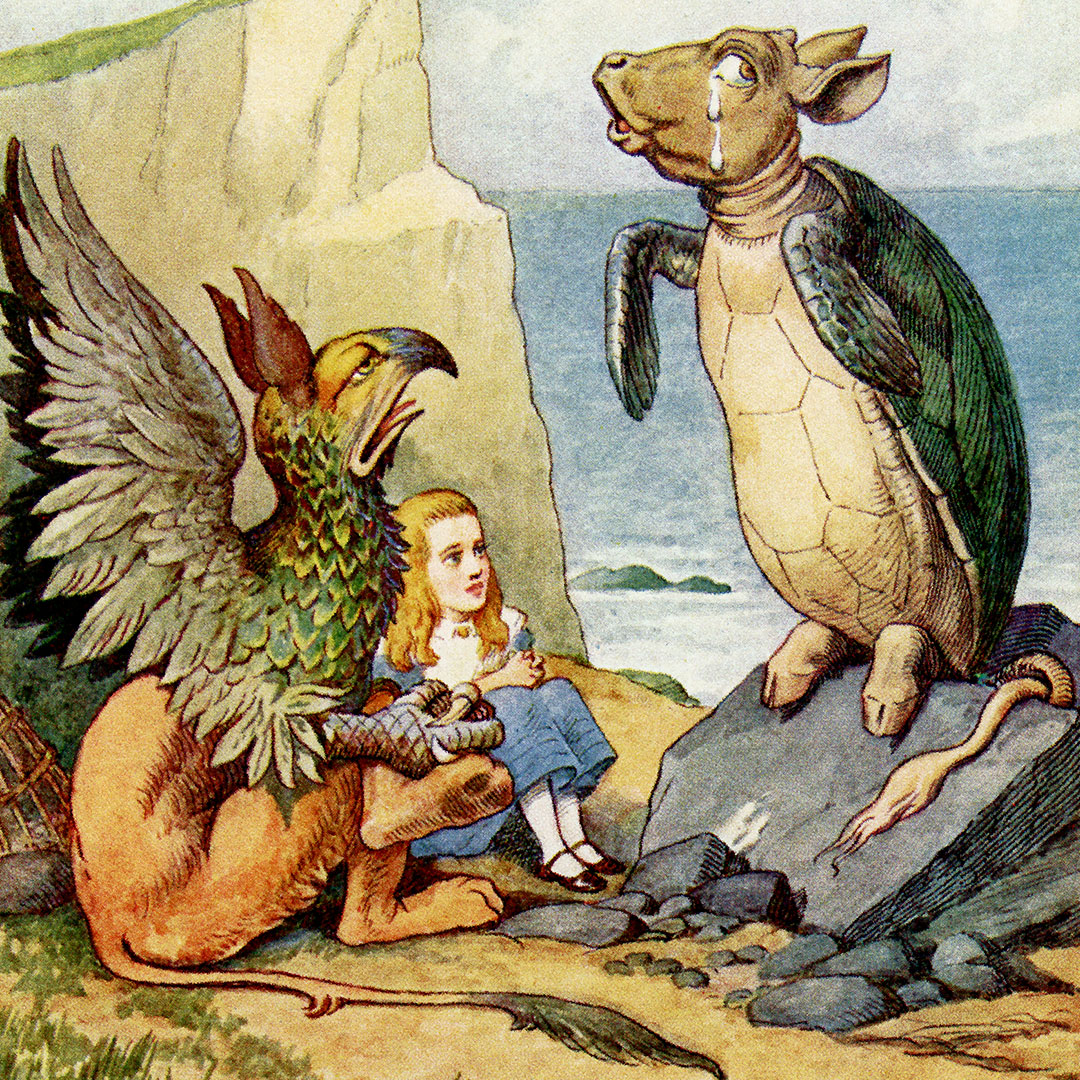 Curious Questions: What is mock turtle soup? And did it come before or after 'Alice in Wonderland'?
Curious Questions: What is mock turtle soup? And did it come before or after 'Alice in Wonderland'?Martin Fone delves into the curious tale of an iconic Victorian delicacy: mock turtle soup.
-
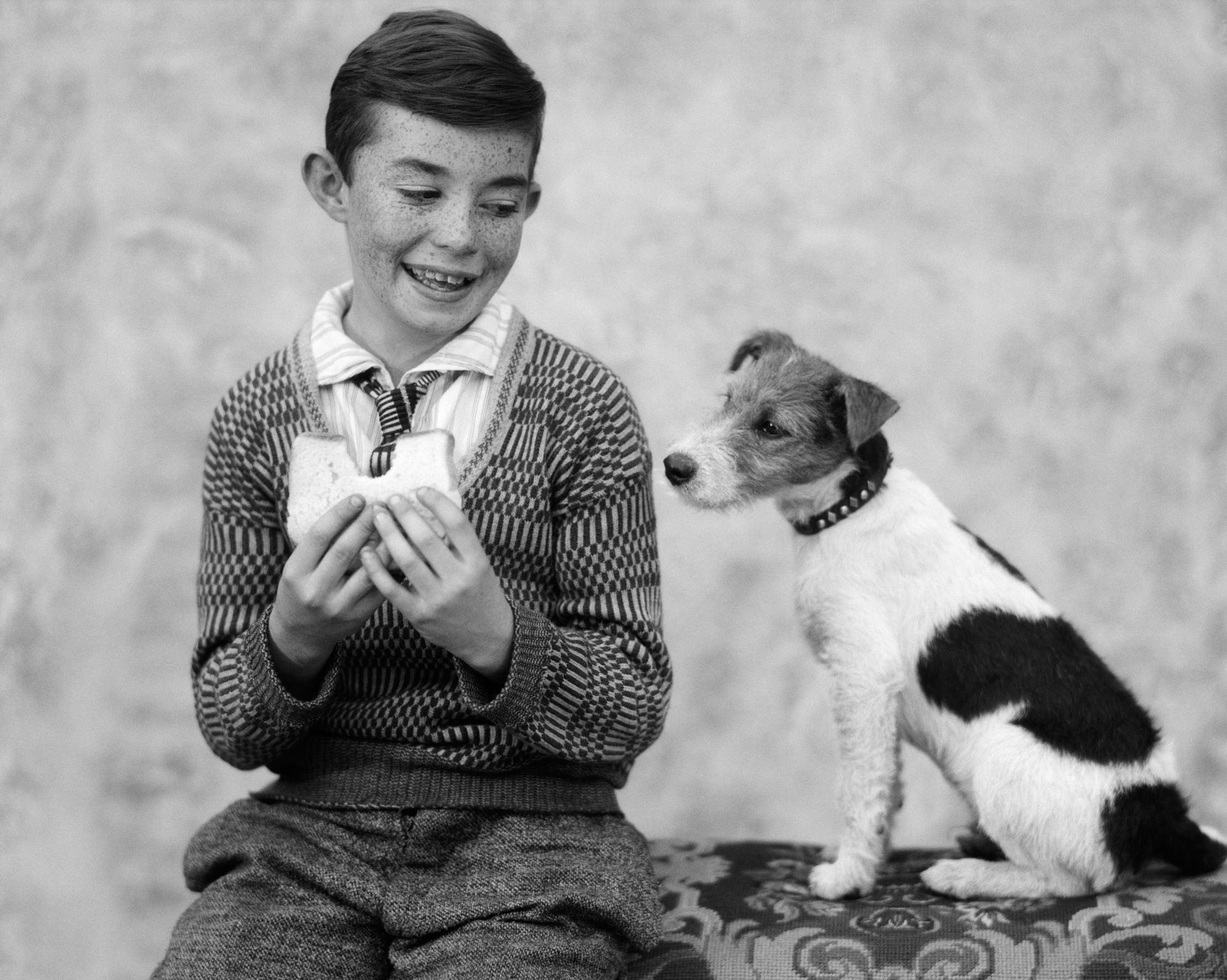 A game of two halves — how the sandwich went from humble fare to a country-wide lunchtime obsession
A game of two halves — how the sandwich went from humble fare to a country-wide lunchtime obsessionWhat started life as a way to eat and play cards at the same time (so the story goes) is now the lunch of choice for the working world.
